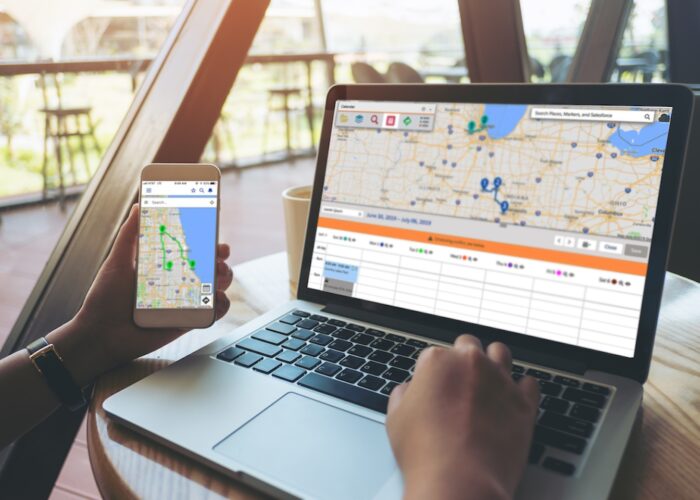Today we have a special post from the newest Arrowpointe employee, Eunice Lee, who joined our engineering team last month. Eunice is a real-live rocket scientist. Cool! Not only that, she’s a mom who’s passionate about STEM education.
As one of the first contributors in in our new company-wide blogging program, Eunice jumped right in and wrote about the recent landing of Philae on a comet. You know, rocket science stuff. Now, most of us are not rocket scientists, so we need smarty-pants people to help make the complex simple. Steve Jobs famously said that “Simple can be harder than complex: You have to work hard to get your thinking clean to make it simple.” (Not to brag, but Geopointe is *awesome* because it makes mapping simple – in the same way Salesforce made application development and customization simple… Put the cookies on the lower shelf where the kids can get them, if you will.)
And now we present rocket science the Eunice way: fabulously coherent, wonderfully simple.
On November 12, 2014, Philae landed on 67P. Huh? That may not make sense to many people, but thanks in large part to a few awesome videos, children as young as 3 can tell you about the ground-breaking mission and incredible 10-year journey of the Rosetta Spacecraft and Philae Lander to the comet 67P/Churyumov-Gerasimenko:
Each of these videos takes a constellation of complex information (like space travel, solar systems, and gravity-assists), distills them into small seeds of knowledge, and presents them in ways that engage and inspire all ages, genders, and cultures. Here, in the US, STEM fields – Science, Technology, Engineering, and Mathematics – are often thought of as cold, complex, and abstract. In reality, they’re just as much about people – improving our lives, our relationships, and our enjoyment of both. So how did these videos so successfully engage their viewers? Relevance and accessibility.
Relevance and accessibility
How do these videos achieve this? 1) They’re visually and emotionally appealing, 2) The stories fit into the framework of children’s experiences – they’ve personally experienced excitement over new things places and the anguish of seemingly endless journeys, and 3) They’re challenging – there are things presented in the video that are above their headsâ?¦ but we’re all born with a hunger for knowledge.
In our adult lives, relevance and accessibility are still the keys to success in all areas. Those concepts are the guiding principles of Geopointe. Automated geocoding, mapping, route planning, territory visualization are just a few of the ways we make enormous volumes of geolocation data relevant and accessible to the wide variety of businesses, non-profits, and other organizations that use Geopointe.
Make it fun
But, as we know, all work and no play makes Jack a dull boy. These are some fun geo-activities that are relevant and accessible to our kids:
- Map your house and neighborhood; include points of interest and symbols, and introduce the idea of scale.
- Create a treasure hunt to teach compass skills + N, S, E, W.
- Use a lamp and a globe in a dark room to illustrate night, day, and seasons.
- Grab a big map and trace the roads and rivers with your fingers. Put pins in favorite places, locate capitals, and find the towns with the funniest names.
These skills are building blocks that may take them from the next block to the next planet over!
Too bad Rosetta and Philae didn’t have Geopointe to help them!
There you have it! I am so glad we have Eunice on our team. She is a fantastic addition, and a great writer. We look forward to hearing from her more here on the blog.
Image: ScreenGrab from Video by Coconut Science Lab



